Spring 2024 Goats In The Garden Interns

In the Spring of 2024, Taryn Mitchell and Sydney Lowenthal were selected for undergraduate student internships as part of the Goats In The Garden Project, supported and made possible by a grant from the North Texas Community Foundation. Intern mentors for Taryn Mitchell included Dr. Brooke Best (Director of Texas Plant Conservation), Sebastian Alarcon (Senior […]
Goats In The Garden Project

The Texas Native Boardwalk will be grazed by goats for the first time in April 2024 as part of a new land management program at the Garden.
TPCC 2023 – Exhibitors
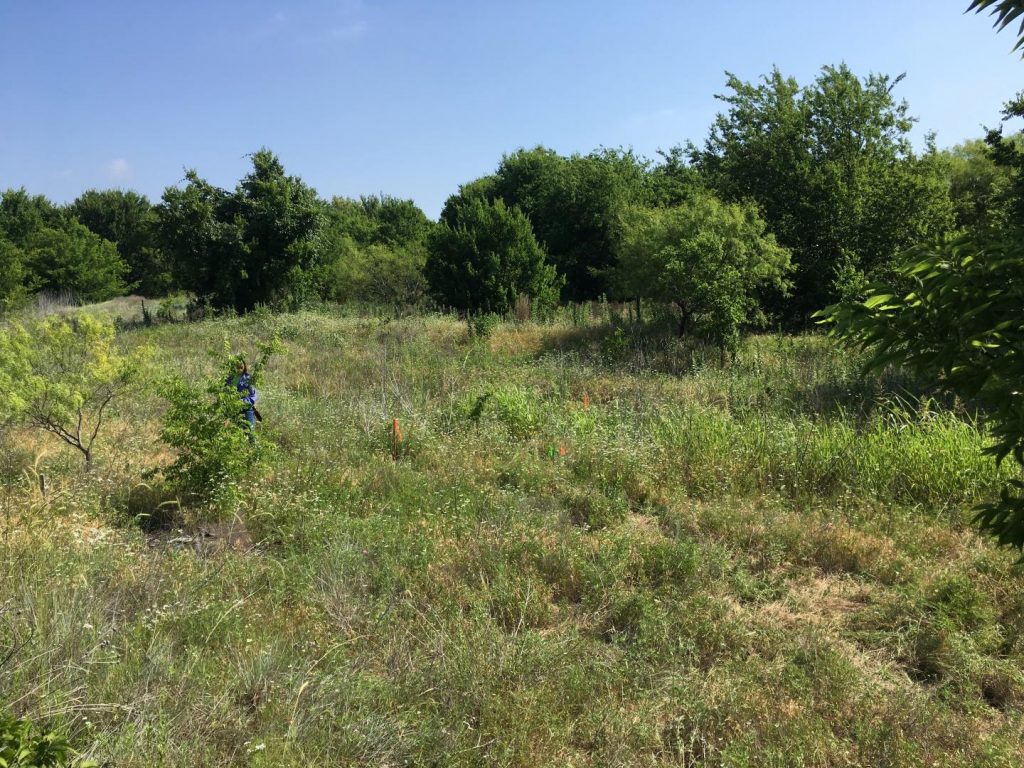
The Texas Plant Conservation Conference is a professional-level meeting serving scientists, land managers, state and federal agencies, local governments, and other professionals with an interest in plant conservation in Texas and adjacent regions. Conference attendees explore current research and conservation projects on rare plants, native plant communities, plant monitoring methods, and plant management practices for native Texas plants. This conference is ideal for conservation organizations, agencies, academics and members of the public interested in native plant conservation.
TPCC 2023 – Abstract Submission

The Texas Plant Conservation Conference is a professional-level meeting serving scientists, land managers, state and federal agencies, local governments, and other professionals with an interest in plant conservation in Texas and adjacent regions. Conference attendees explore current research and conservation projects on rare plants, native plant communities, plant monitoring methods, and plant management practices for native Texas plants. This conference is ideal for conservation organizations, agencies, academics and members of the public interested in native plant conservation.
The Living Roof
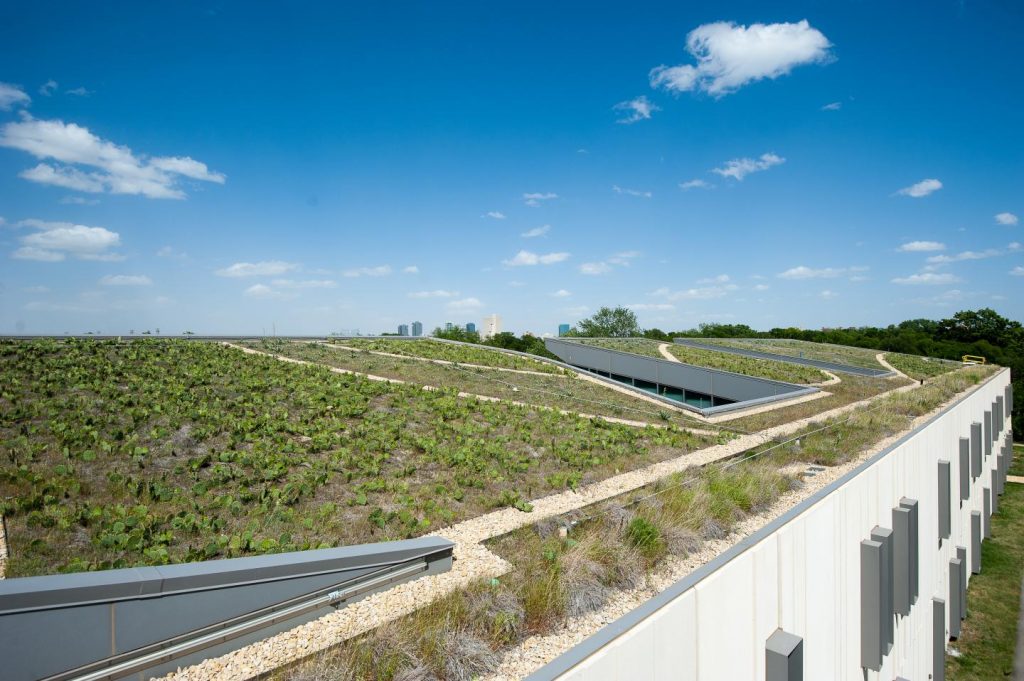
The urban environment is an ecosystem in itself. With this living roof, BRIT is bringing a functional, native Texas ecosystem back into the built environment. Rather than just looking for plants that can survive in hot environments, BRIT asked the question, “What are the environmental parameters of a roof and what are its analog and native environs?”
The BRIT Prairie
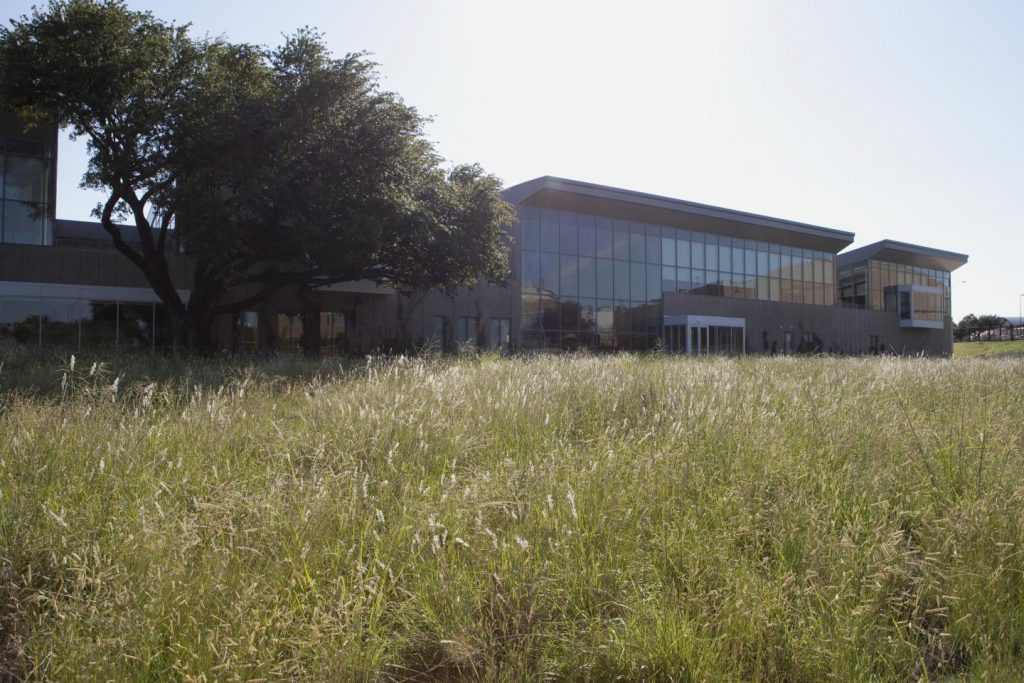
The purpose of the prairie on the BRIT Landscape is to provide the public a glimpse of the aesthetics of natural or native landscapes, reduce BRIT’s demand for water resources, be a valuable source for research into restoration of prairies in urban environments, and provide a model for habitat restoration and ecological connectivity. The culture of the region arose in the context of prairies.
Texas Plant Conservation Conference 2023

The Texas Plant Conservation Conference is a professional-level meeting serving scientists, land managers, state and federal agencies, local governments, and other professionals with an interest in plant conservation in Texas and adjacent regions. Conference attendees explore current research and conservation projects on rare plants, native plant communities, plant monitoring methods, and plant management practices for native Texas plants. This conference is ideal for conservation organizations, agencies, academics and members of the public interested in native plant conservation.
Prairie Research Program
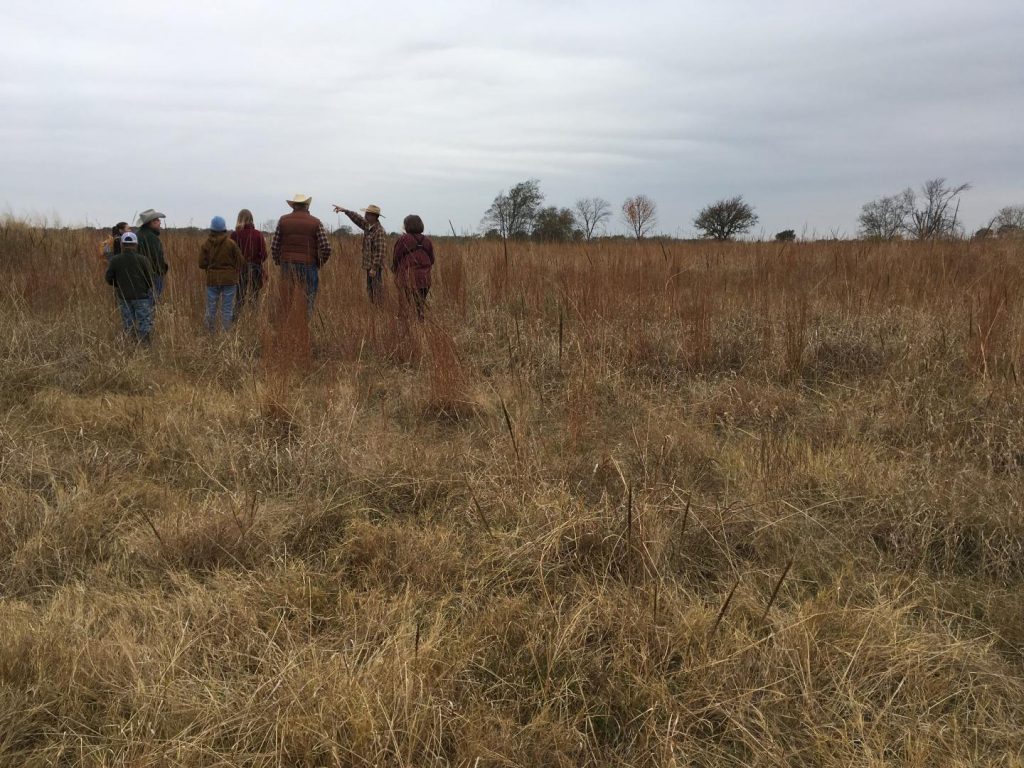
The Prairie Research Program (PReP) includes projects related to natural resource management, ecology, native vegetation, and stewardship of prairie and rangeland habitats. We collaborate with landowners to investigate plant biodiversity metrics, often associated with disturbance events (past and present).
Conservation Seed Laboratory and Seed Bank
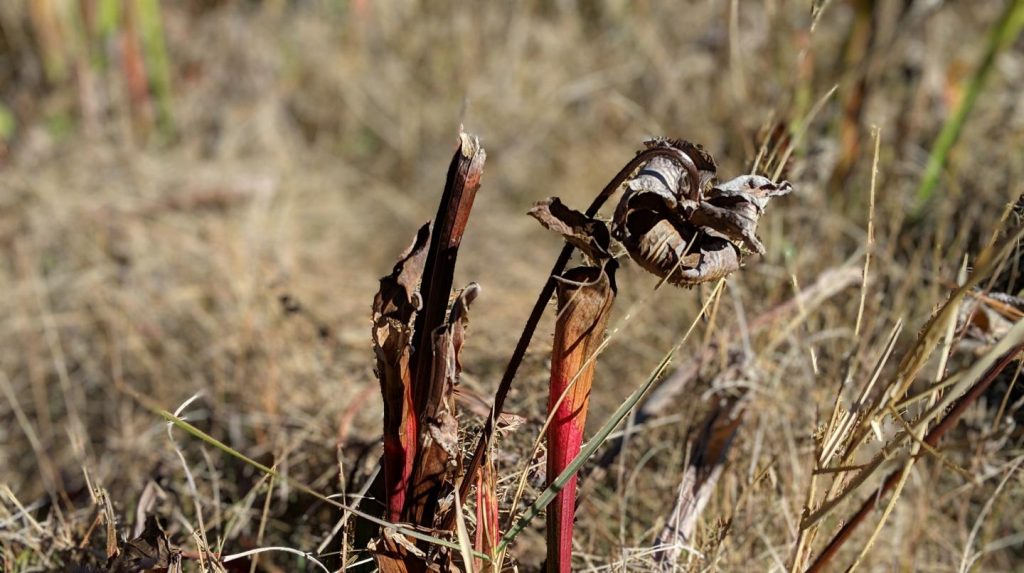
Texas is home to 448 rare vascular plant species, including 113 species categorized by NatureServe as Critically Imperiled (G1) and at high risk for extinction. For many of these species only a handful of individual plants remain in the wild. These plants are faced with increasing levels of threats, with population growth and the resulting development, land use changes, invasive species, and now climate change all threatening to push our rarest species closer to extinction.
